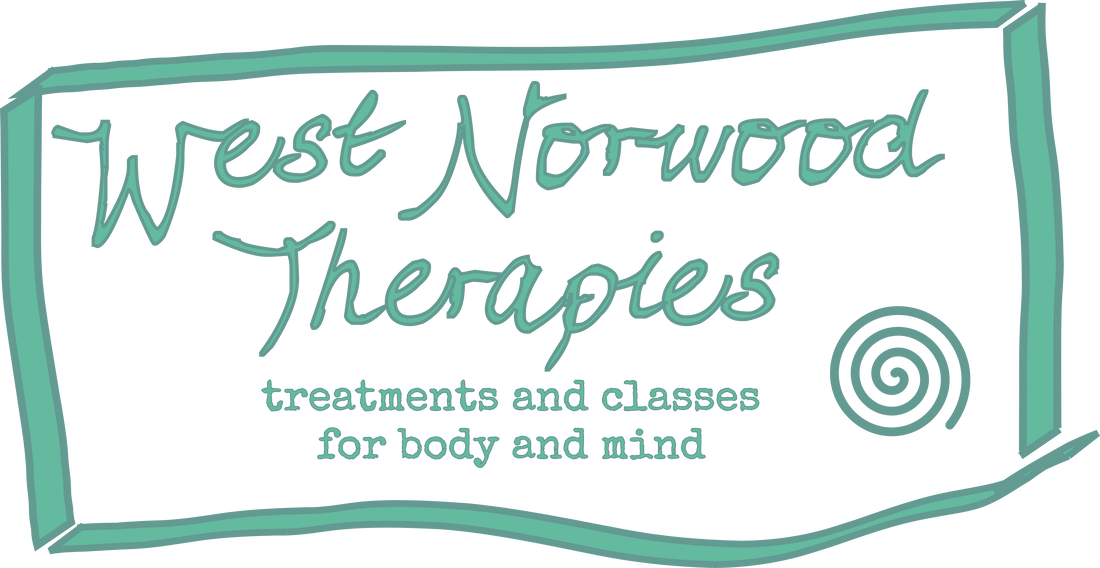|
Massage therapist and massage junkie Jennie Duck shares some of her favourite self-massage tools to use on in between the real deal massages. With AI swooping in to take over many jobs and roles I feel lucky to be confident that there is nothing that compares – or could compare – to the interpersonal connection and physical contact of a massage. The relationship with your therapist is part of this, a person you share with and ask for help – this can be a vulnerable and fairly intimate action, especially when it is followed by undressing! You place your trust in the therapist and the therapist – good ones anyway – will respond by basing their massage on the information you gave them and the feedback you give them through the treatment, from direct questions about the pressure to intuitive sensing of where you are holding tension that you are not even aware of. This relationship may be a one off or it may be one that lasts over many weeks, months and years. I have left massage sessions feeling enlivened, enthused, exhausted, delighted, excited, understood, supported, connected, soothed and sometimes pummelled 😊 Sometimes I am sore, sometimes I feel like I’m hungover the next day or two, sometimes I feel like I could run like a gazelle and sometimes like I could sleep for a week. I always get something from the session, often disproportionate to the hour that I spent having it. I learn about my body, I enjoy some rapport with some therapists and rare silence with others. I will never stop getting massages from a good therapist and I am looking forward to getting back to the privileged position of giving them next year after a long hiatus having children and relocating. In between massages I crave more and I also sometimes have to go longer periods between them when funds and/or time are tight so I have built up an array of things to see me through. I can do some self massage of course and often do on my forearms especially, but I often just wish it was someone else's hands and prefer to use tools, especially for getting into trickier to reach spots. These are my favourites (and links are just to show where I bought them, no affiliations!):
And now in getting the links from this blog I've spotted a foot massager so my birthday money might have a new purpose...that's one for next time!
Happy massaging!
0 Comments
As Mihaly expands his treatment repertoire to include Dissolve therapy, an empowering method for 'dissolving' tension and stress in the body, he is offering 10 clients (and colleagues if we're lucky;-)) treatments for £20 - more info on this deal below. Please contact Mihaly directly interested, find his contact details here 🌟 Experience Bliss with Dissolve Therapy for just £20! 🌟 🌿 Say goodbye to tension and hello to tranquillity with a new healing modality! 🌿 Discover Dissolve Therapy, where hands-on techniques melt away stress and invite serenity into your body and mind. Let me guide you through releasing tension pockets and embracing spaciousness within. 🔍 These sessions offer you the chance to cultivate a new response to daily stressors: finding space and release within. 🔍 In Chinese medicine, stagnation and ‘stuckness’ are seen as the root of suffering, but Dissolve Therapy clears those internal dams, restoring equilibrium and bliss. And the best part? You remain fully clothed throughout the session! This limited offer is for 10 lucky individuals to enjoy 2-3 sessions each at an incredible price of £20 per session. Don't miss out on this massive discount from the usual £100 rate! 🎉 Why the amazing deal? 🎉 As an established Acupuncturist and Massage therapist, I've discovered the transformative power of Dissolve Therapy. While I'm still training to become an official Dissolve Therapist, your support helps me grow, and your feedback fuels our journey together towards wellness. Please leave a review at the end. By supporting me in completing my training, you are also helping your family, friends and neighbours. 🙏 Ready to dissolve tension and embrace tranquility? Book your session now! ✨ More information from the source: https://www.dissolvetherapy.com/ Please contact Mihaly directly if you are interested, find his contact details here Acupuncturist Mihaly Rosta shares his success in treating a client with constipation with some simple acupuncture points. I thought to share a few stories from my clinic so you can have a better understanding of what Acupuncture can help with. As well as to provide a gentle introduction to how it works. Relief for constipation and other bowel issues is a remarkable and frequent outcome of such treatments. Over the years I am starting to figure out that the body is truly amazing. It really is a wonderful ‘machinery’ that often needs only a little nudge in order to recover. As long as one has sufficient vital substances – Blood, Qi and Essence (talk about those in a later post) – it will recover rather quickly. When it comes to treating bowel issues such as constipation, diarrhoea, inflammation and such Acupuncture can have a quick reliving effect – whilst it may take longer to re-establish proper internal harmony in case of chronic conditions.
One of my clients came to me recently complaining about the inability to empty their bowels properly for almost a week. Although their main complaint was different, something like this can often be incorporated into the treatment. I used a combination of 2 points located on the Stomach channel, whilst other points were used to support the underlying conditions. The acu-point, Stomach 37 was needled and gently stimulated. This is a point which has a strong effect on the bowels through the connection of the digestive organs of the Stomach and the Large Intestine, which is mainly responsible for the appropriate elimination and further absorption of nutrients. As you can read in the other article -click on the link above-, it is also a majorly useful point to generally assist IBS and it’s related symptoms. I also used acupressure on Stomach 25 which has been observed to have a very strong effect on the Intestines. Via the aforementioned connection, this point is able to strengthen and enhance the natural function of the Stomach and Spleen, which is responsible for the transportaion and transformation of nutrients. Although I worked fairly gently on these points, the client reported having a ‘big clear-out’ the same day. Of course, no 2 people have the exact same needs. The beauty of Chinese Medicine lies in its ability to show what needs to be done for the person in front of us in that given moment. Sometimes the body only needs a few gentle yet precise inputs in order to start making steps towards equilibrium. Massage therapist Erika Zettervall shares an update on her experiment to see if running can help with depression and low motivation. Here she shares how this is going over the depths of winter and the effect it is having on her life. Still running
In my previous blog I had just taken up running regularly as a vehicle for keeping mind and mental state in good health. So here is a little update a few months along deep into mid-winter. I am still running - three times most weeks, for about 40 minutes and really enjoying it. The after-effect of brightness and energy in mind and body, even if the actual run sometimes felt like hard work, is really very nice. It definitely has been harder to get up when it’s dark and out of the door in the mornings during the winter. North is in my blood so temperature is not a deterrent and frosty ground a more pleasant experience than the mudslides our parks often turned into this time of the year and I also quite enjoy getting out in bad weather, better running than walking in the rain. Then afterwards it’s so nice to get back in and indoors feels lovely dry and warm. It’s more the general tiredness of January and winter with its short days, a time when, if possible, it’s okay to linger a little longer in bed and take it a bit slower. This coming week, February 1st, marks the halfway point between winter solstice and spring equinox. This day is also called Imbolc or st Bridgids day. From now on the acceleration in daylight per day is becoming more noticeable week by week. Amusingly, this day has lately gain notoriety due to an increased interest in old Irish and Gaelic traditions, a side effect from the many Brits looking into Irish roots in pursuit of a passport in the wake of Brexit and is now celebrated in several places in London. When it comes to avoiding slipping into depression, one of the purposes of the running regime, it is obviously impossible to know and compare how I would have felt if had not been running regularly. The dread and despair that I often experience around this time of the year, so familiar and recognisable I know it will pass, like a winter season of mind, but sometimes it sticks and turns into depression. This year it feels okay. The structure of running is helpful and having regular dose of joy and satisfaction from keeping up with the commitment is good mood boost but the sense of strength and vitality is the biggest benefit I experienced so far. WNT founder Jennie Duck reflects on her home birth experience and the factors that made it a positive one, sharing what supported her own experiences and some resources that could support you. My daughter turned one a few weeks ago and I have been reflecting on the moment her joyful little presence wriggled gleefully into our lives. She was born weighing 8lb 10 at 8.10pm on a Saturday night and my overwhelming feeling as I held her in my arms was luckiness. How lucky I was to have a perfect, healthy, alive little baby born just as I hoped - at home with a midwife - and joining her older brother in making their entrances as Ducks with their own minds: both born on the kitchen floor alongside, rather than in, the birthing pool.
That feeling of luckiness was largely due to a fear that haunted my pregnancy of losing our baby, a common feeling, I think, for women who’ve experienced miscarriages as I have. With this pregnancy I felt it as such certainty: surely something would go wrong and a stillbirth was the ultimate point at which this fear would be realised. So, a live and utterly healthy baby was nothing short of a miracle to my nervous system. I am still slightly stunned by it. I had a beautiful (and intense!) birth experience. I was at home in low light and felt safe. I was active throughout, lots of yogic movement and in and out of the birthing pool. I had an experienced and sensitive midwife who struck an ideal balance of letting me get on with it with support on hand when needed. I had my own music playing, my husband around and my son safely upstairs building lego with his uncle. My baby came in a swift 5 hours, contractions were intense from the get go so it was very physical and the second stage of labour was quick, just a few huge pushes (I was ready to rest by that point!). She came out in the bag, it burst as I held her and because we were at home we just transferred to the sofa and set about skin to skin snuggles with no need to go anywhere for the week to come. It could have been so different - two days before that I had a scan that caused the consultant at the hospital to suggest I had a caesarean section because they thought the baby was so big. At the ‘geriatric’ age of 41 I had agreed to this late 41-week scan to check the placenta was still in good condition. I’d asked not to be notified about the weight as I know my mental preparation would suffer a blow if I were told it was a large baby, but because they were concerned it got flagged up and it did indeed instil fear in me that I was getting ready to birth a whopper. That it should all end so positively is down to a number of things and these things are part of what makes me feel so lucky. I know many women are not so lucky and I hope by sharing some of the things that made my experience so positive someone might find support in these avenues too. The fact that they helped me cope with the turn of events that had me considering an unnecessary caesarean epitomises why these things are so precious to have. Lucky thing number 1: A wonderful midwife and midwifery team that I got to know and who got to know me. I live in Scotland so was with the Ayrshire and Arran home birthing team, but my first child was born in West Norwood with an equally excellent homebirth team connected to Kings. This meant I had all my appointments at home and I got to know each of the team over the course of my pregnancy. The team knew my history, my mindset, my physical health, my family and my home environment. My own midwife was so keen to be at my baby’s birth that she said she would come even if she wasn’t working. It was personal and supportive and it meant that when I came out of the scan appointment where the hospital midwife and consultant didn’t know me, my midwife was able to reassure me that my body was growing a baby appropriately sized to my capacity, that my mental and physical preparation were good and that a home birth could still be my first choice. She was so right (and here’s one for physical touch and palpation over technology): my baby was 8lb 10 rather than the 11lb the scan had suggested. Moreover, I had no painkillers, interventions and no ‘exit wounds’ from the birth, only some muscular soreness from the effort and intensity. Lucky thing number 2: The support of a hypnobirthing expert and bodyworkers and the financial capacity to pay for it. I am sad that these are a privilege to women because they are so powerful and helpful. For hypnobirthing there are free and cheaper resources out there which I encourage you to use – guided meditations, books, relaxation exercises and some of the resources listed below are all really helpful. But the one-to-one support I had was incredibly valuable to me, especially as I began to prepare for the possibility of birthing an 11lb baby! Hypnobirthing works using hypnosis and deep relaxation to help shift limiting beliefs and doubt in the subconscious so it can help you prepare deeply and, for me, helped me trust my body’s implicit wisdom and capabilities. I also had some acupuncture – privately from pre-conception and throughout pregnancy and then, amazingly our local midwifery team were trained in ‘cervical ripening’ at the later stage so I had this and some foot massage from my midwives! Full body massage was also invaluable in helping my body prepare, relax and for the physical strain of late pregnancy. Lucky thing number 3: My own education and understanding of bodies, birth, mind-body interplay and a decision to tune out what wouldn’t help Of course, as a bodyworker and the owner of a complementary health business I live in a world where things like ‘mind-body interplay’ are ongoing considerations – so this lucky thing is partly due to my personal interests and life trajectory. It also means I am in an environment where I know people who will suggest things to me like reading Ina May Gaskin who opened the door to homebirth for me and gave me the confidence to start down that road. It also meant that things like peroneal massage were a no-brainer and I prioritised the relaxation side of yoga, using yoga nidra (see below) a lot and ensuring any strength building involved lots of breath work too. I realise many people are not in this world and the jump to homebirth or some of these approaches might be bigger than for me, but the fundamental point is that my interest in what was happening and going to happen in my body and focus on working with that played an ENORMOUS part in my having the positive birth experience that I had. It doesn’t need specialist knowledge or even interest, more an attitude of tuning in and listening to what your body and baby need and then (this is the hard part) acting on that, even if it means (as it did for me) cocooning yourself for several weeks and potentially offending some people. I believe empowering myself with knowledge, techniques and boundaries made all the difference. Lucky thing number 4: The emphatic support and trust of my partner This is a big one for home birth because you have to believe that it is the right choice for you and your baby. If your partner would feel safer in a hospital then this can impact your ability to fully relax into being at home, you might absorb their anxiety. My partner read Ina May Gaskin too and learned to trust that I knew my body. It was better with the second – with my first home birth he let his absolute honesty interfere! When I wanted him to tell me it was going to be ok he said “I’m sorry I just don’t know that” so I pushed him away and asked the midwife to tell me instead, which she duly did😊 The second time he knew that I just needed to hear his belief in my capacity and he was more ready for this. And here are my key learnings that helped me have a positive birth:
Resources: Ina May Gaskin – any of her books! Birth Matters is a great starter. Guide to Childbirth another helpful one and Spiritual Midwifery if you are already a bit down the road with home birth / open to more esoteric reading Kristin Hayward Hypnobirthing – Kristin is based in Herne Hill and also offers sessions online. She does sessions with couples and individuals and is so lovely, encouraging and an expert in her field Katherine Graves is another big name in hypnobirthing and has a book that might be helpful if you aren’t able to have one to one sessions Yoga Nidra and Uma Dinsmore-Tuli – Uma is the queen of yoga nidra (yogic sleep / deep relaxation) and this wonderful resource features lots of free (or payment by donation) yoga nidra sessions and some good birth preparation exercises (see the shop – yoga for birth or pregnancy)- I used a lot of this during my labour, it was wonderful 😊 https://www.yoganidranetwork.org/ Acupuncture – Philippa is our fertility, pregnancy and birth prep specialist at WNT and if I’d been in London I would have seen her regularly as I did with my first child (also a positive home birth) Massage – Erika has lovely hands and has worked on a lot of pregnant bodies, she would be able to help with aches and pains and provide a gently nourishing space in late pregnancy and also post-natal recovery period (which in my experience is over a year long…!) Reflexology – Laura offers this other approach to fertility and pregnancy support which is an equally effective alternative to acupuncture – I recommend choosing based on your preferences and what you are drawn to Massage therapist Erika Zettervall has embarked upon an experiment: can running help with depression? In this inspiring blog she shares her journey so far and some helpful resources for anyone interested in exploring whether running might be a good option for yourself in improving mental wellbeing. I have taken up running again, this time conducted as a little experiment to see how - or if - it affects my state of mind. Bluntly put, I’d like to see if it works to combat depression. My state of mind has been a bit low and dull, feeling uninspired and finding it hard to make decisions as well as difficulty concentrating. Perhaps that’s normal sign of ageing or symptomatic of my lifestyle with increased screen time and social media indulgence. According to psychiatrist Anders Hanson, running 30-45 minutes 3 times a week at 70% effort for at least 6 weeks would create changes in the brain that help with depression. My understanding is that there is a substance produced in the hippocampus and cerebral cortex in the brain called BDNF (Brain Derived Neurotrophic Factor) that protects, repairs and stimulates new brain cells. Having low levels of this substance is associated with depression. Medication increases these levels as does exercise. I have taken antidepressants in the past and found them helpful to some extent but not really making much difference long term and at this point it doesn’t feel necessary to seek them out. So, after finding a book on my bookshelf in the great unread section by Dr Anders Hansen writing about the benefits exercise in general, and running in particular, has on the brain as well as hearing him speak on Rangan Chatterjee’s podcast, Feel Better Live More, episode 38, I decided to give it a go. A simple explanation for these benefits is that our biology is still more in line with being a hunter gatherer and not suited for the abundant, convenient world we now live in. Shorter sessions of 20-30 minutes would also make improvements in the functions of the brain such as memory and creativity. The plan is to work up to the 45min sessions and keep it up for 6 weeks and see how I feel and then keep going with three times a week 30-45min sessions. It sounds a realistic and doable plan to have and curious to see how this will take me through the winter. No doubt shorter days and harsher weather will be a bit of challenge. Luckily, I have always liked running when I’m fit enough and I enjoy the striding movement. It’s a nice way to explore an area be it park, wood or neighbourhood. It is also a very accessible and simple way to exercise. No need for fancy memberships, class schedules or expensive equipment. Just put shoes on and go. I like the freedom of that. I am now 4 weeks in and it is a joy. Perhaps it’s the lovely, mild autumnal weather that brings a pep to my step. Starting out being in general good health and having a comfortable walking gait has been helpful (don’t run before you can walk as the saying goes) in having making it very pain free so far. Not focusing on speed or distance makes it very carefree. The first two weeks I went for 20-30 min sessions and this last week increased it to 45 min a couple of times.
As to how my mind is: Feeling a lot more inspired than I did a couple of weeks ago, but if that is down to the actual running or to setting and following a plan it’s hard to say. Having an intention with what you do, whatever it is, is also one of these things in life that can shift the mood.
Acupuncturist Philippa Summers suggests some local classes suitable from pregnancy to preschool and highlights which of the WNT team can support you around this busy, nurturing stage of life. As the nights begin to draw in and we withdraw inside a little more it can be more challenging to plan your days with a baby or toddler, and to look after your own well-being and fitness. Well, the good news is there are a wealth of opportunities out there, activities you can do with your baby or children and classes for yourself with your baby or at those precious moments you have to yourself. Just getting out and meeting up with other mums and dads can make a whole world of difference as you adjust to parenthood. Maybe you are looking for something specific or just want to browse and see what’s out there.
I came across a website, Happity, that makes searching for classes and events in your area a doddle. It covers everything from pregnancy through the baby and toddler years to age 5. Prices vary, some are free and some low cost from as little as £2. Among them are:
I know from my own experience and that of probably every parent I know just how important these groups are through this phase of life. If you are struggling with post-natal depression Happity also have a dedicated area of their website which includes links to useful resources. Check out their blog, too. I’d like to make a special mention for Gather-ed as they offer something a little different and I think much needed. They offer 1:1 support, workshops and group gatherings with experienced facilitators including midwives - ‘gently facilitated discussions on themes and topics relevant to parenthood…and are a space for honest, authentic conversations’. Wednesday mornings at Knowles in West Norwood, other classes in East Dulwich. Pregnancy Treatments at West Norwood Therapies Finally, we can help to support you throughout your pregnancy with our treatments at West Norwood Therapies:
Acupuncture: Some women choose to have regular acupuncture to support them throughout their pregnancy, but commonly it will be to help with a particular issue. In the early stages of pregnancy women often seek help for morning sickness and at the latter stages for breech presentation and birth preparation. For birth preparation there are advantages to starting treatment at 36 weeks but with the all-clear from your midwives we can also offer treatments when you are overdue and facing an induction. If you are trying to conceive Laura and Philippa also offer fertility focussed treatments, too. Please just get in touch if you’d like to find out more. WNT founder Jennie Duck shares her love of river swimming and how she overcame her hesitations to get in the water this year. I live in Scotland right by the river. It has always been a fantasy of mine to live right by a river – a swimmable river – and sometimes I have to pinch myself to know that this is in fact my life. Normally I am itching to get in for my first swim of the year and this has been as early as April in our 5 years here. I have fantasies of going for a dip every day of the year at some point, but with young children and various life demands I am not aiming to achieve this anytime soon. But over the summer months I love to go in for mini-dips, mega-dips, paddles and full submersive swims. But this year I haven’t wanted to! With this theme of swimming for our summer news I volunteered to write about my first swim of the year and promptly regretted it when I realised that it would involve, well, going for a swim. I have a 9-month-old baby now as well as a 7yr old home-educated child and time has become so hazy and precisely precious all at once. We still live like in lockdown, we are both self-employed working from home and being alone is a hard thing to find at present. Having a shower now constitutes self-care time and I find myself having to choose between things that I used to value as daily activities. I can do some yoga OR tend to my veg patch. I can wash my hair OR go for a run. Swimming in the river involves a change of clothes, a short walk and a shower – that’s like 4 days personal activities all in one.. 😉 I kept thinking of the benefits I get from swimming outdoors – the freshness, the absolute presence in nature, the warm glow afterwards, the sense of achievement – and wondering when I would find these more urgent than a bit of time on my yoga mat or rescuing the beetroot from the weeds. It didn’t come – but my family did! I come from a family who grew up swimming in rivers and the sea. My mum used to say, “I’m always happy by water” and perhaps as a family of Ducks it is no surprise that we are all energised and nourished by water and being in it.
This was a different experience than the solo experience which boosts my emotional, mental and physical health by the combination of headspace, nature, exercise and freedom. This was fun, community, connection, joy, sharing AND nature, exercise and freedom!
As I read the interviews Tessa has done with her swimming clients and Philippa’s input on swimming around perimenopause, I can see the place for doing these things in community, for the joy that can only come from sharing and doing things together. The poet Ross Gay writes about his experience focusing on delight and joy “Which is to say, I felt my life to be more full of delight. Not without sorrow or fear or pain or loss. But more full of delight. I also learned this year that my delight grows—much like love and joy—when I share it.” Then I read Erika’s words on our senses and understand that I still want to go for my solo swims, to nurture my interior landscape as well. Maybe the weeds can defeat the beetroot this year and I can get in an extra few dips… Acupuncturist Philippa Summers looks at what women can experience from perimenopause onwards and how exercise and swimming can be of great benefit around these years. At a recent party on a chilly evening in the garden I asked a friend in a strappy dress if she was warm enough, she lightly replied “Oh, yes, I have my own personal weather system”. Made me chuckle but menopause is no laughing matter. Some women sail through but for others the symptoms can be unbearable and debilitating and can take a huge toll on just about every aspect of life. It can be a time when women feel at a loss with the changes that are happening to them, bewildered by them. Getting the balance between seeing them as a medical issue and a transformative time of adjustment can be helpful in easing women through this phase of life with greater serenity and joy, with a combined approach offering great benefits. Among the most common symptoms are hot flushes, night sweats, mood changes, tiredness, vaginal discomfort, loss of libido and brain fog, but it affects women very differently and you may experience a range of other physical, mental and emotional symptoms. They can start as women enter the perimenopausal phase, often in their mid 40s, sometimes earlier, usually but not always accompanied by changes in their menstrual cycle. From a medical perspective getting diagnosed is the first step to understanding the changes you are going through and finding solutions that suit you, including HRT. The options can be simple with far reaching benefits. Finding the right choices for you will not only help you to feel better but importantly also help to protect your future health, particularly cardiovascular and bone health. From a lifestyle perspective nutrition, exercise, sleep, relaxation and strong social and emotional connections provide the foundations for your wellbeing, regardless of whether or not you take HRT. Acupuncture can also play a supportive role in helping women ease through the transition, connecting mind with body, with proven benefits for some of the associated symptoms including hot flushes, low mood and anxiety, poor sleep, aches and pain. I have included a link to a resource with a wealth of info at the end, including medical, lifestyle, social and political info. Now, for an overview of exercise and then a brief focus on swimming, our topic for this summer newsletter, in relation to menopause. Exercise From perimenopause onwards physical activity can help to prevent muscle loss which occurs naturally as we age, support a healthy weight reducing the risk of chronic disease and improve cardiovascular, respiratory and bone health. Exercise will build strength, support the joints and alleviate the aches and pain, and the mood enhancing benefits of exercise can help in the way we perceive pain. Additionally, it can help with sleep and generally help you to feel better. If you have specific health issues that limit your activity then seek appropriate advice and support. As a guide try to get about 30 minutes of moderate exercise 5 times a week but if you are new to exercise then start light with 10 mins a day and build up gradually. Aim for a combination of exercise each week:
Cold water swimming is anecdotally very helpful to relieve hot flushes and some of the other symptoms of menopause. It has proven stress relieving and anxiety reducing benefits which can last for several days, and also helps immunity. We are fortunate to have Tooting and Brockwell Park lidos on our doorstep. During the winter especially, they are places with a strong sense of community and camaraderie. If you intend to swim into the winter months then start swimming during the warmer summer and autumn months so that you can gradually acclimatise. As the temperatures cool check out the cold water swimming guides so that you adjust safely and do not overdo your exposure to the cold.
More Information If you are seeking more information the Balance-Menopause website, set up by menopause specialist Dr Louise Newson, is a good place to start for understanding more about the perimenopause and menopause and finding support, with an app to track symptoms if you wish. Their mission is to make menopause support inclusive and accessible to everyone globally, with some extremely useful free resources. If you have symptoms then seek out a menopause trained specialist to confirm diagnosis and guide you through treatment choices - HRT, alternative options and lifestyle advice all have a role to play. Sports massage therapist Tessa Glover interviews her client Emily Hayter who is a competitive swimmer who trains with Spencer swimming club. Emily shares how she approaches training and competing and encourages us that swimming can be taken up at any age and stage. Thanks for sharing Emily!  How long have you been a competitive swimmer? I always loved the water and I swam competitively for a few years in my early teens while I was living in Canada. I swam on and off on my own after that but was mainly keeping active through other things. After a 17 year break from club swimming I joined a Masters club, Spencer, in London in my early 30s and started competing again. How did you come to choose your preferred swimming stroke and distance? It's changed since I was younger, partly due to injuries (eg no breastroke because of my knees so no medley events anymore). The only one of my favourite events from when I was younger which I'm still doing is the 50m butterfly. One thing that's great about pool swimming is you learn and practise all four strokes, so everyone finds their own favourite. Aside from the 50 fly I race all freestyle, everything from 100m to 1500m. This year I'm also doing my first open water event which will be 3800m. At some point I might need to choose between the short and long distances though, as it's difficult to train for both at the same time. What do you love most about swimming? What does it give you? As an adult, swimming in a club has brought me back to a regular fitness schedule, guided by a coach and in the company of great fellow swimmers. I get so much more from it than I was getting just from going to the gym. I've also made new friends and started going on swimming trips like training camps at Club La Santa in Lanzarote and sea swimming holidays in Italy with SwimTrek. I feel inspired by the older swimmers in Masters, many of whom are still racing and setting records in their 60s and beyond. Club swimming has brought me great examples of how to stay fit in later life. What's the toughest part of training for a competition? I've always been more of a training person than a racing person. I like training and usually go 3 times a week with Spencer. Some people are the opposite, they love racing but not so much training. The unpredictability can be tough in both training and racing. You have good days and bad days in the pool, and they can be quite random (ie not linked to diet, rest etc) which can be discouraging. So trust and confidence in the training you've been doing throughout the year is important. There's also a lot of technique to think about in swimming, and we work on that all the time. It's difficult to change ingrained habits and patterns of movement, and it takes patience. I usually find that as soon as I fix one technique detail I start doing something else wrong! So it's a continuous process. Can a swimmer get into competitive swimming as an adult? Definitely! I know several people who only started doing lane swimming or learned all the strokes as adults and then got into competitions, either in pool/Masters swimming, open water or triathlon. At my club not everyone competes in pool competitions, some people do triathlon or open water and others just train for fitness and don't compete at all. How do you look after yourself physically and mentally? I do pilates a few times a week, which helps with management of old knee and back injuries that would otherwise prevent me from swimming. Swimming encourages me to do these types of conditioning exercises I should have been doing before but wasn't motivated to do. I used to do yoga but after learning more about hypermobility I swapped to pilates and find it better for me. I also go for massages with Tessa at WNT which really helps me manage a neck issue I've developed. I'm lucky to have generally good mental health. I try to maintain it through exercise, work/life balance, social life and occasional restorative yoga. I love food and eat a lot but generally pretty healthily. Another thing I should have mentioned that swimming gives me is the excuse for a lot of snacking. |
AuthorBlogs from the WNT team. For our blogs from before June 2020 please see individual profile pages - it's a good way to get to know practitioners too. Archives
June 2024
Categories
All
|
|
Visit us - by appointment only please - in the office block in the Access Self Storage premises at 443 Norwood Road, London, SE27 9DQ
[email protected] Phone - please contact practitioners directly, or if not in a rush you can leave a message for us to call you back at 07931876931. |



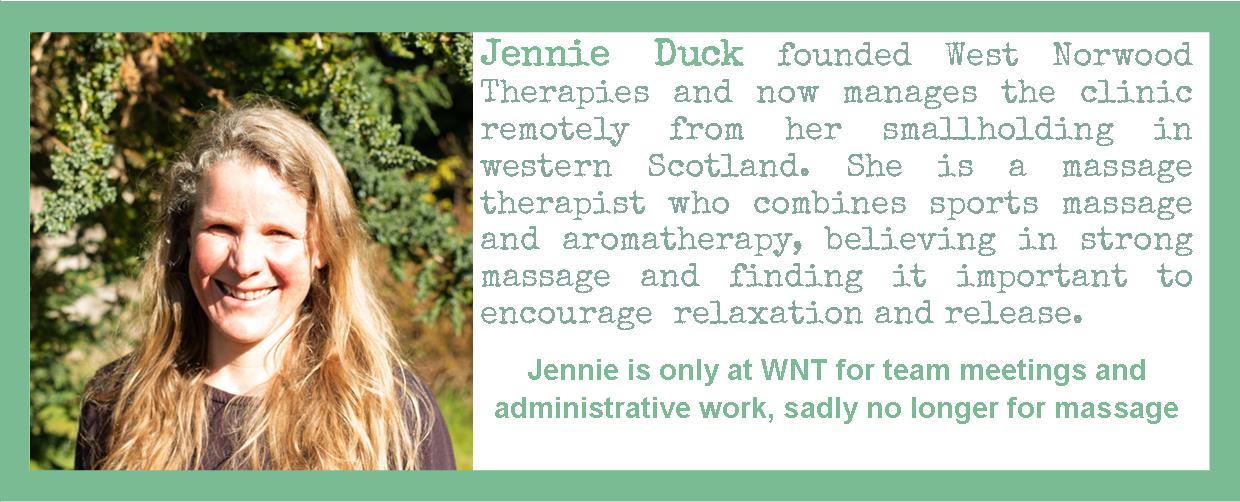
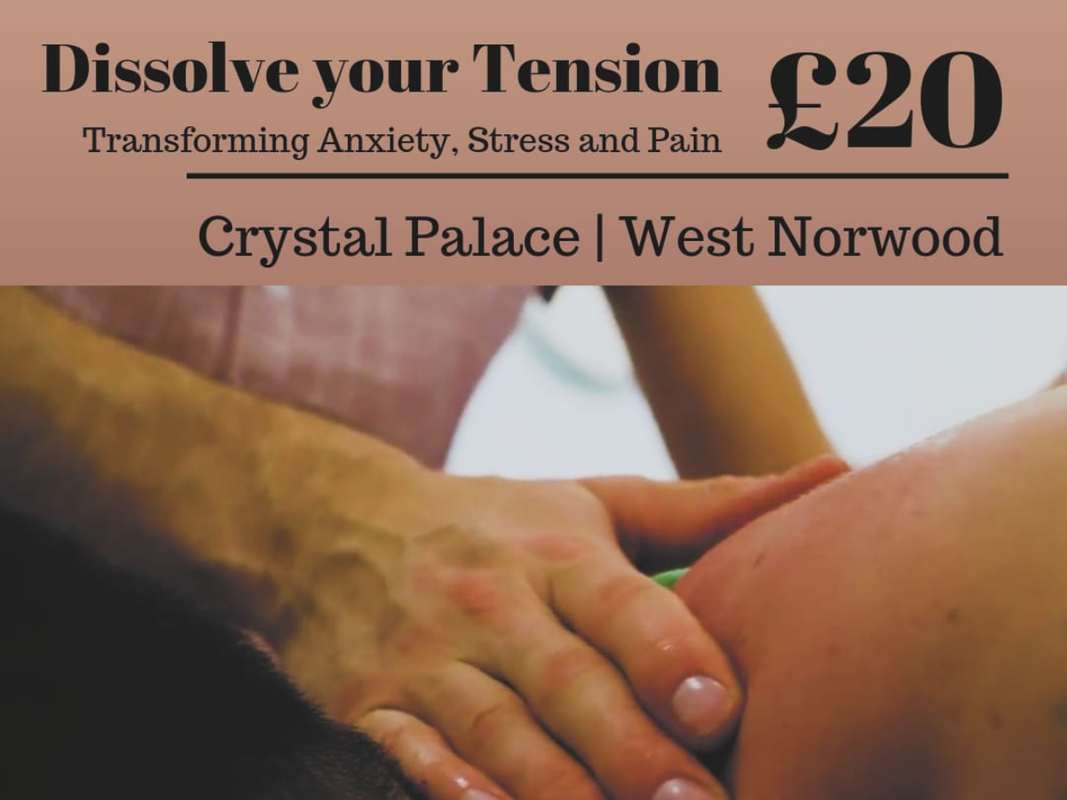
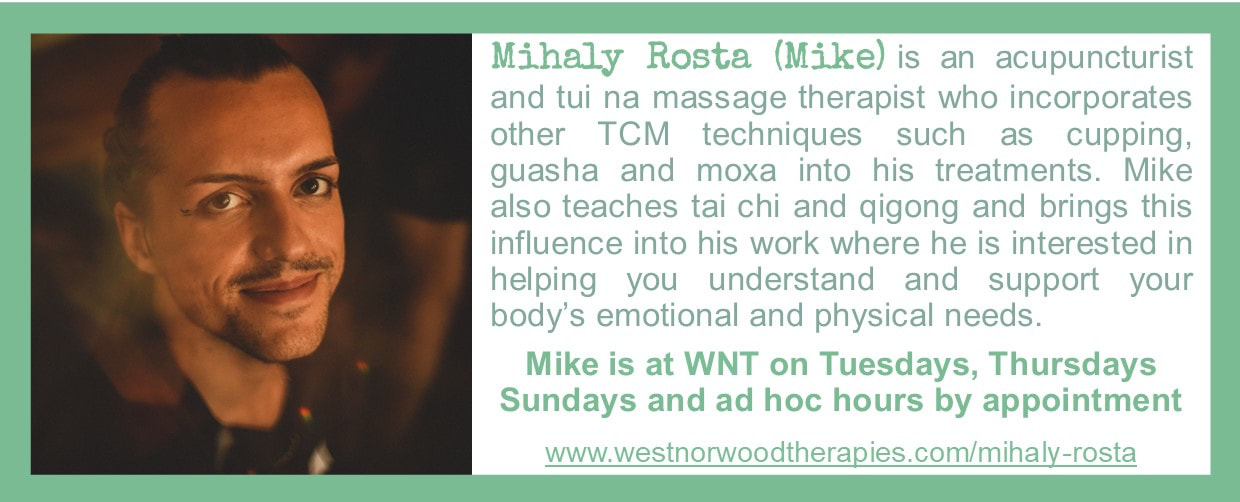
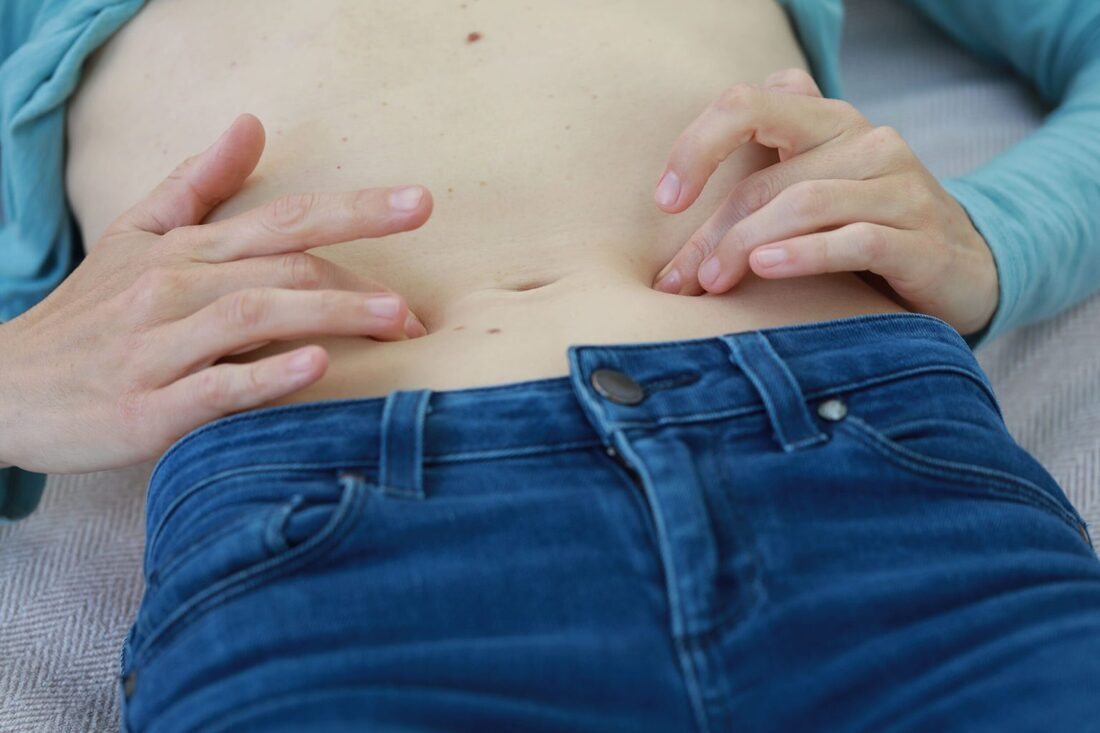
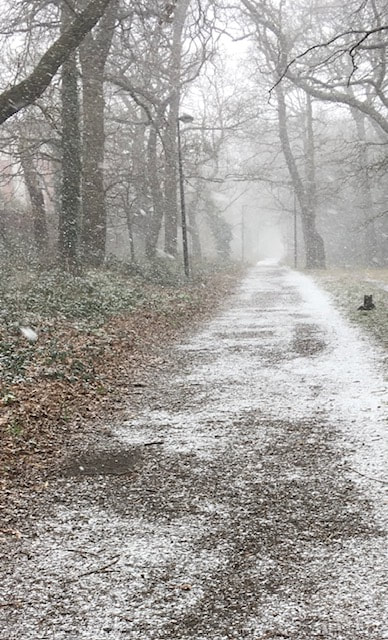
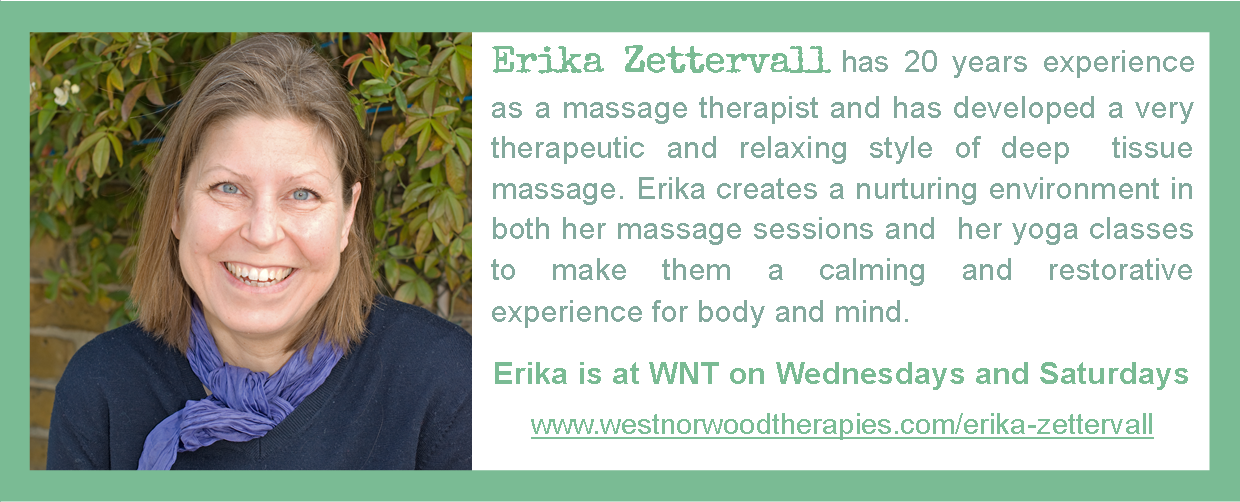
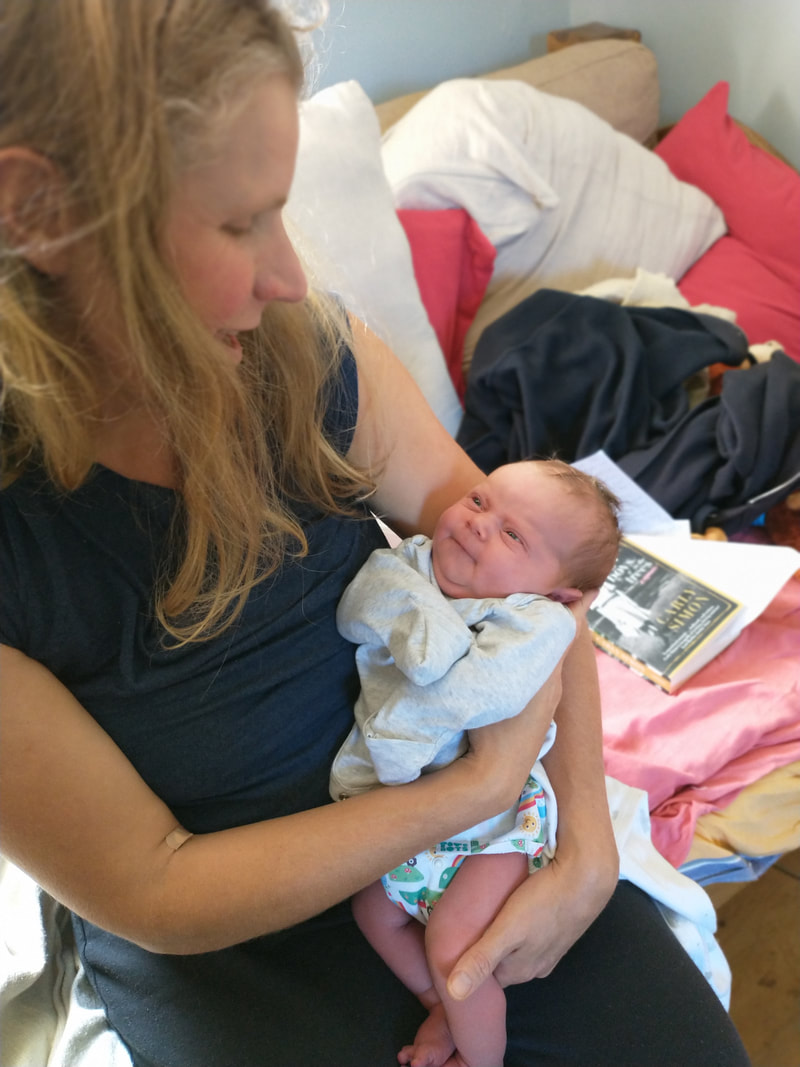
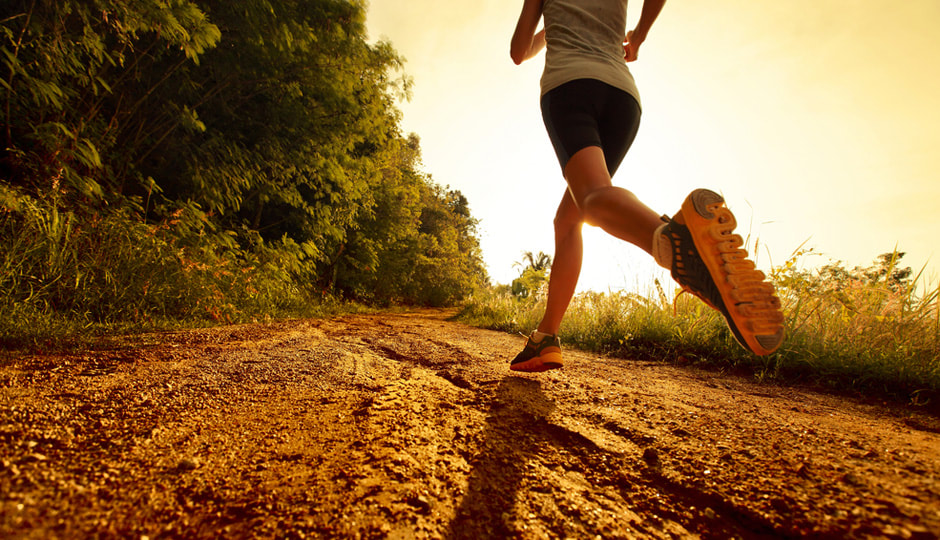
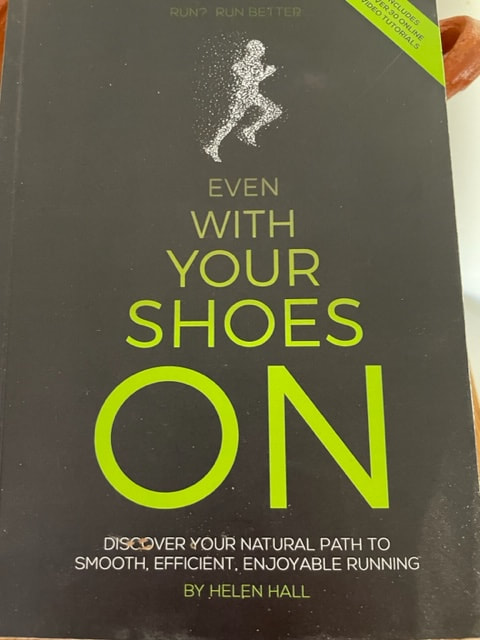
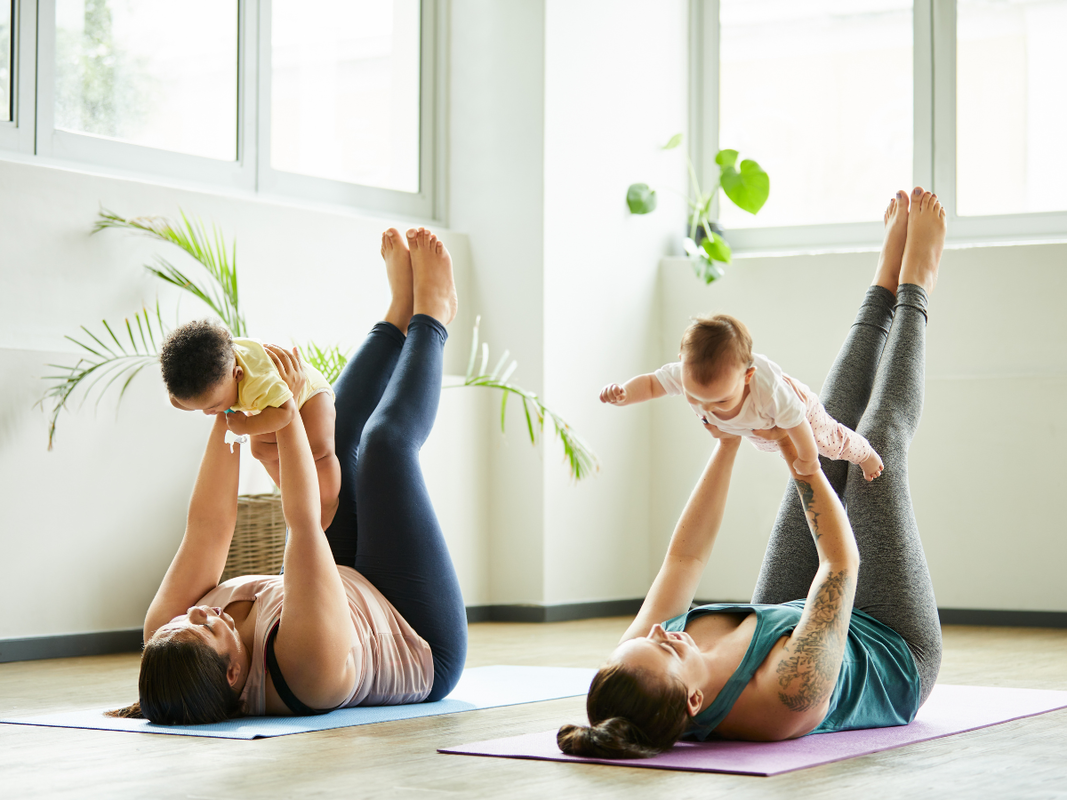
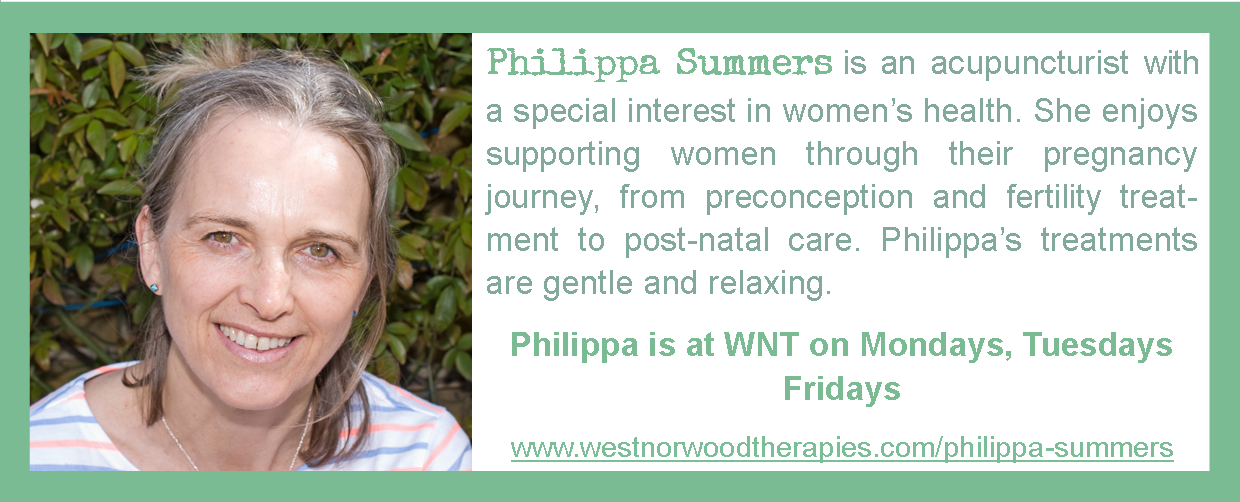
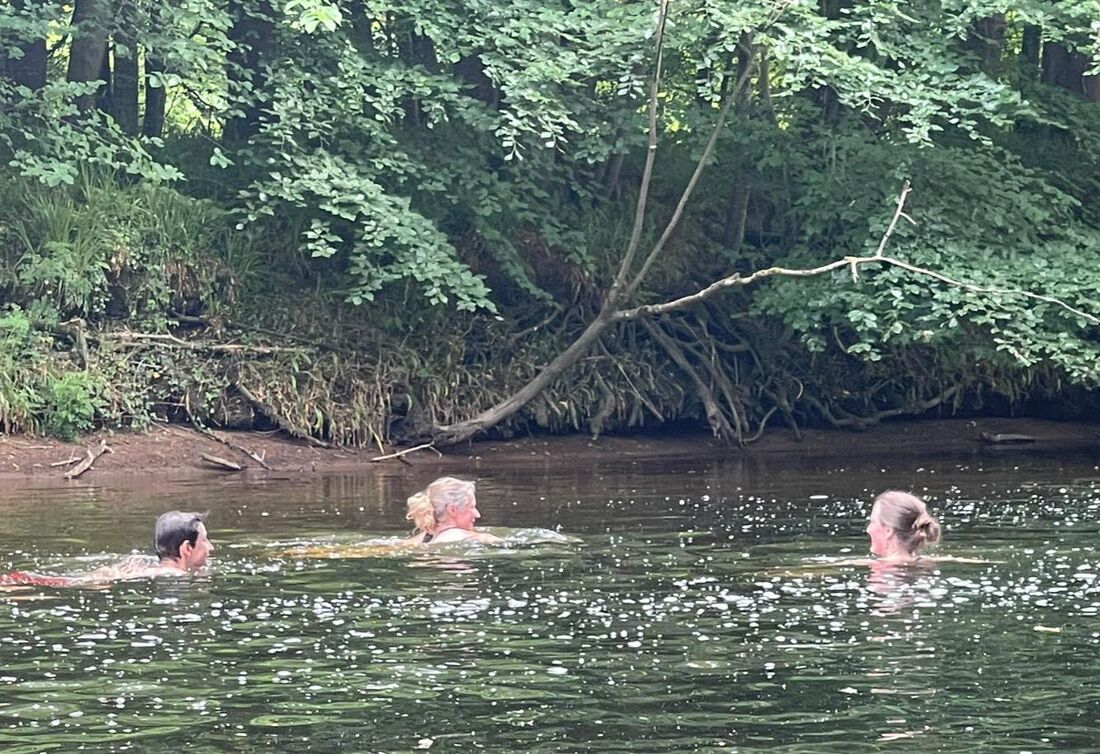
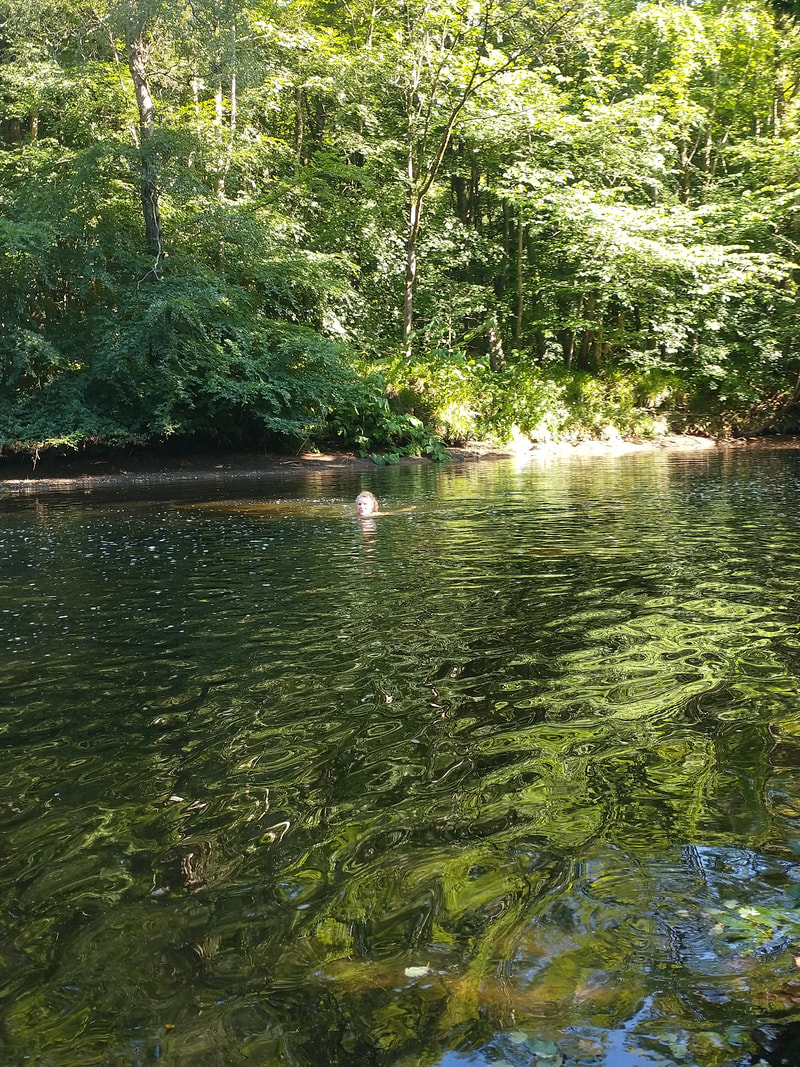
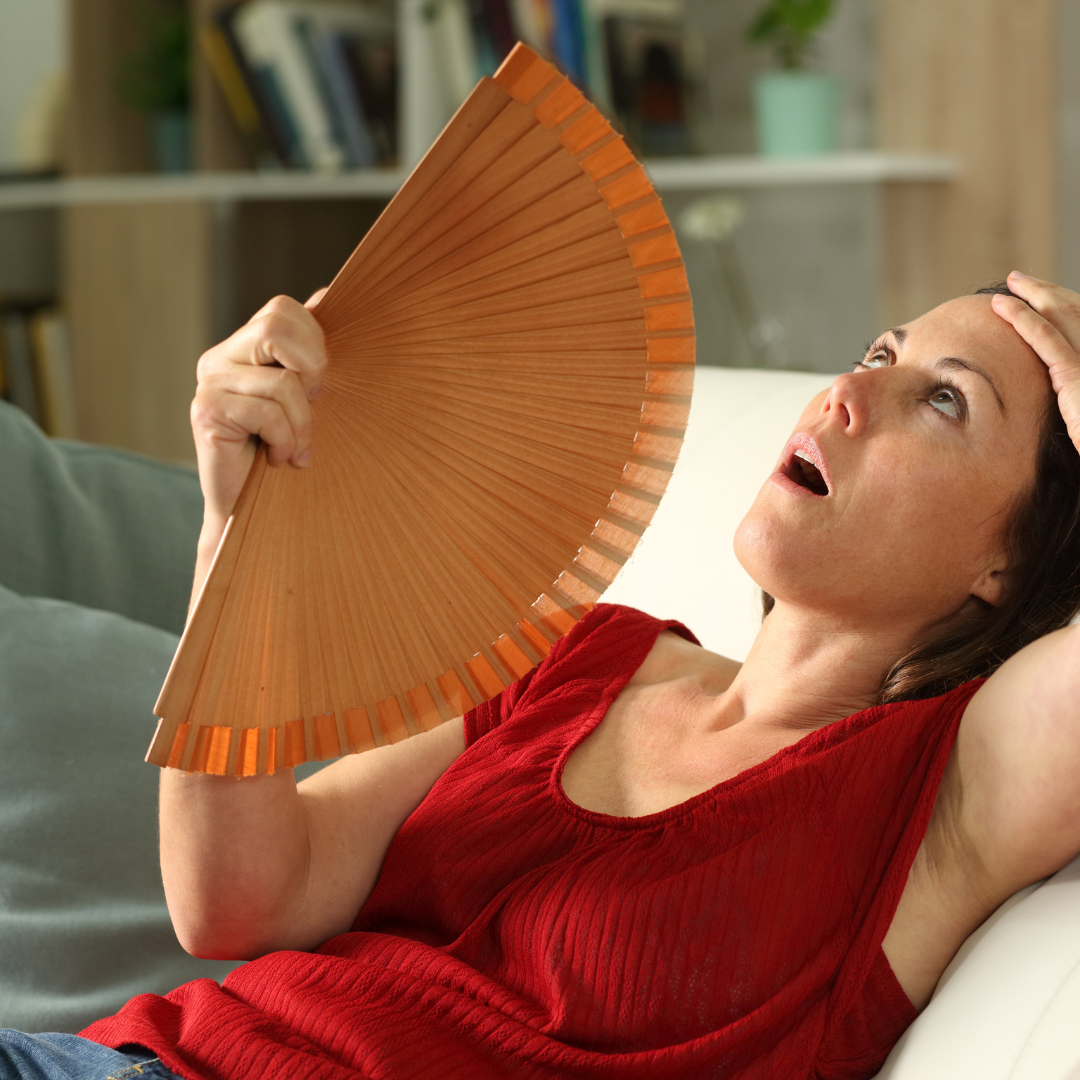

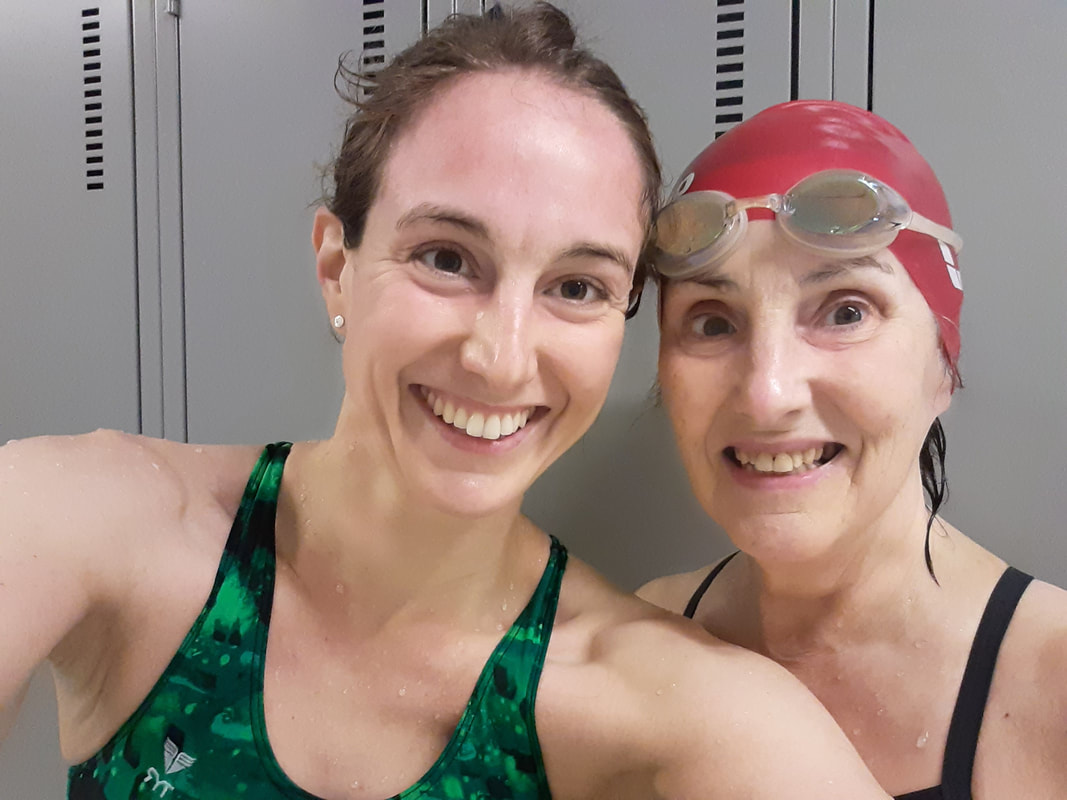
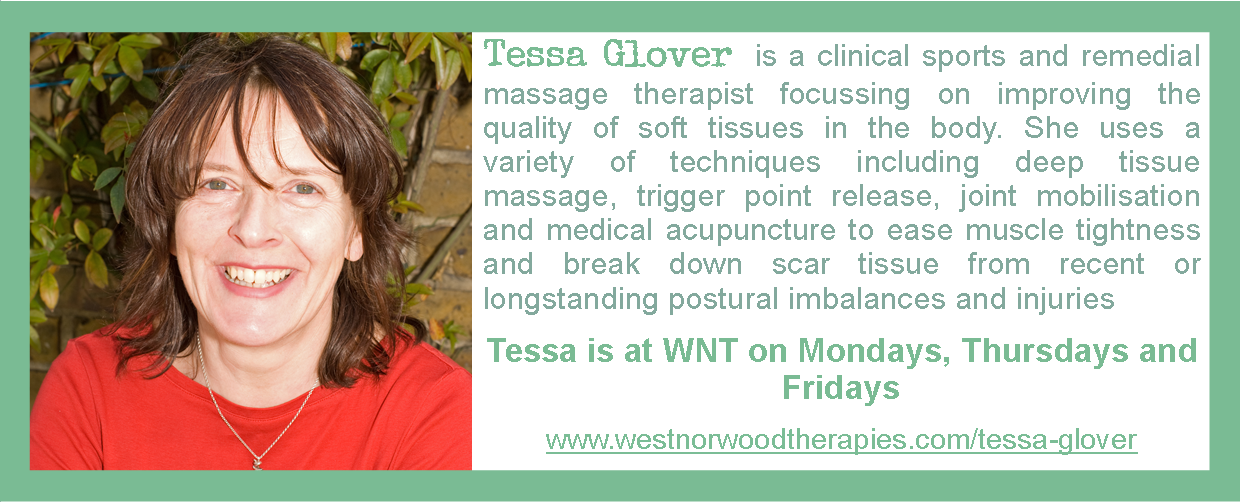
 RSS Feed
RSS Feed
